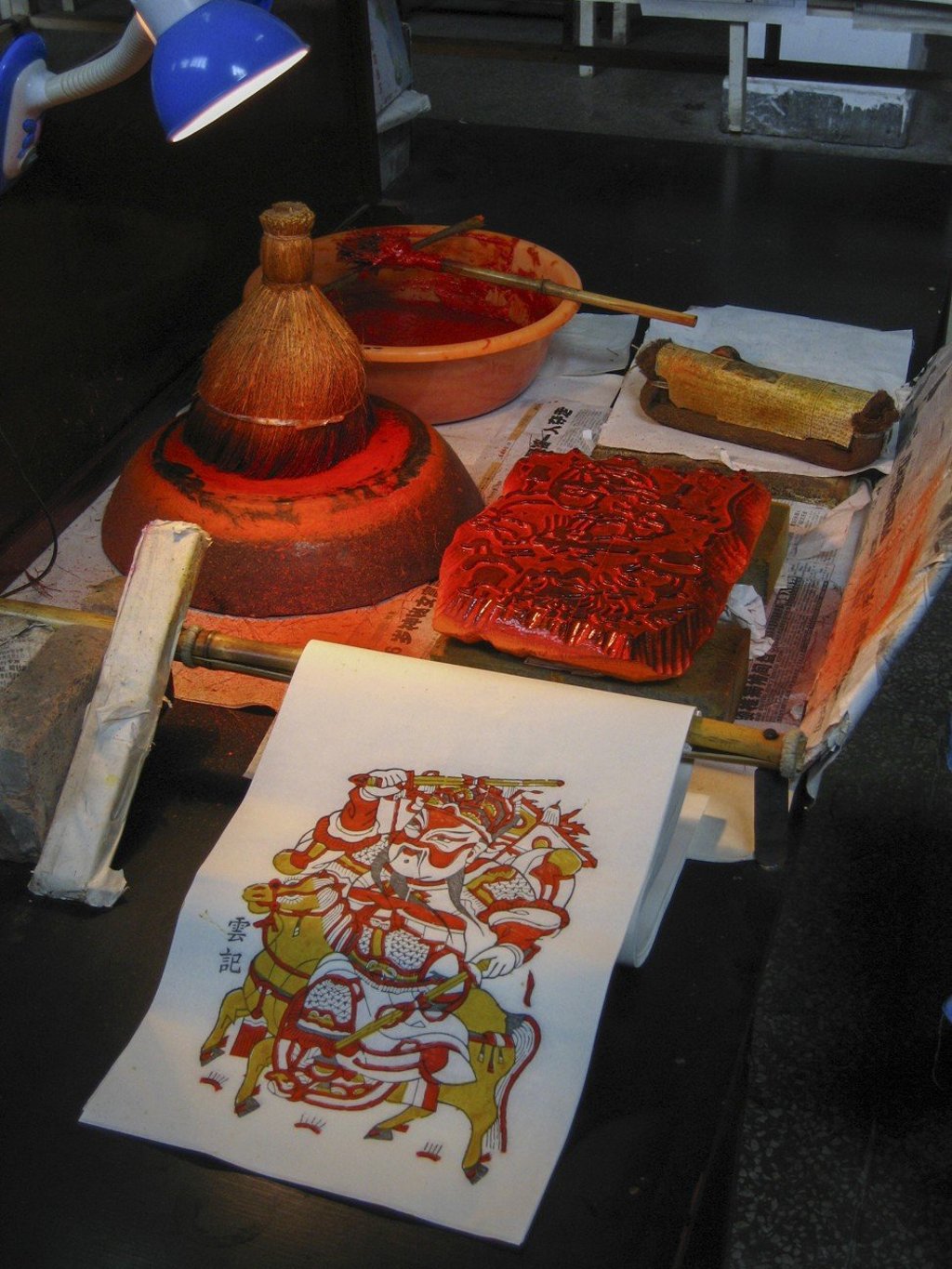How China’s last surviving woodblock-print artists are keeping an ancient art alive
- Once ubiquitous across the Middle Kingdom, woodblock printing was nearly lost in the tumult of 20th-century China
- Today, a handful of artists scattered across the country have become unwitting guardians of a fragile tradition

For more than 2,000 years, woodblock prints have captured and catalogued Chinese culture, illuminating everything from religious texts to vernacular literature; languid, bucolic landscapes to political propaganda. Perhaps the most beautiful examples are nianhua (New Year pictures). The auspicious, highly detailed images are hung at Lunar New Year to bring luck, prosperity and protection.
Printed in their millions on lightweight paper, nianhua were intentionally disposable, designed to be torn down and replaced with each passing season.
More than home protection talismans – the most widespread being door guardians and kitchen gods – nianhua also became a way to depict current events. For those who couldn’t read, nianhua were newspapers.
There was a time when hardly a town along China’s wealthy, densely populated eastern flank didn’t have a shop dedicated to nianhua, and prints from the largest production centres, such as Yangliuqing, outside Tianjin, were traded across the country.

While every nianhua-producing region developed its own aesthetic over generations, the art form arguably peaked in 18th-century Suzhou, where sophisticated carvers experimented with European techniques such as cross-hatching, linear perspective and realistic scale.
The spread of such advanced techniques was, however, interrupted by a century of foreign invasion and civil war, not to mention competition from newly invented mechanical lithography. Then came the Cultural Revolution: woodblock-printing studios were wrecked, artists beaten, prints and printmaking materials destroyed.
